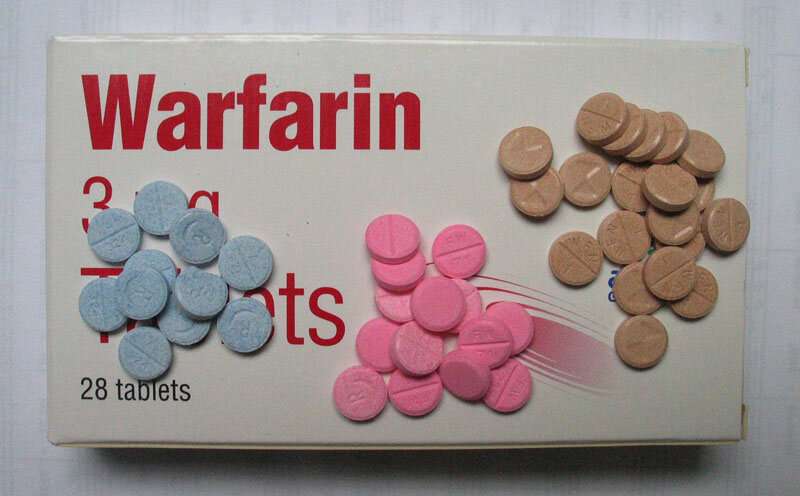
For decades, patients with atrial fibrillation with a moderate or severe risk for stroke were prescribed the anticoagulant warfarin. With the emergence of a safer, more effective class of oral anticoagulants, new Yale-led research examines contemporary practices among U.S. clinicians between 2013–2018.
When taken for stroke prevention, Direct-Acting Oral Anticoagulants or DOACs provide an optimal therapy for many older adults without the risk of severe bleeding. Rohan Khera, MBBS, MS, an assistant professor at the Yale School of Medicine, and colleagues at the Center for Outcomes Research and Evaluation analyzed over 300,000 clinicians, including cardiologists, family, internal medicine, and advanced practice physicians.
While DOAC prescriptions among clinicians increased from 2013–2018, the majority of U.S clinicians predominately used warfarin instead of DOACs. In 2018 the authors found that DOACs represented nearly two-thirds of all oral anticoagulant prescriptions for cardiologists. That same year 1 in 5 general medicine practitioners exclusively prescribed warfarin.
The study was published Dec. 6 in JAMA Network Open.
The authors used national Medicare Provider Utilization and Payment data from 2013–2018. The findings highlight the underuse of novel therapies among clinicians. Similar patterns among health care providers were also reported in Circulation: Cardiovascular Quality and Outcomes for sodium-glucose cotransporter-2 inhibitors or SGLT2i in patients with type 2 diabetes. Cost may be a deciding factor. DOACs are significantly more expensive than warfarin—highlighting the need for better Medicare coverage. Improved access to this therapy has the added benefit of reducing health care costs on a national scale.
Source: Read Full Article
